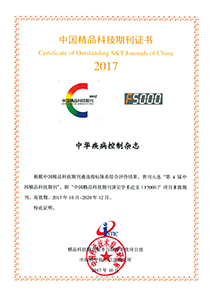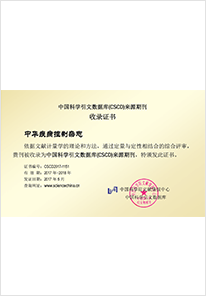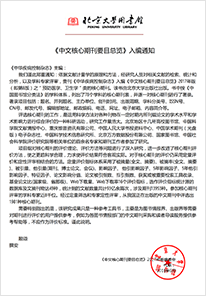2024 Vol. 28, No. 12
Display Method:
2024, 28(12): 1365-1372.
doi: 10.16462/j.cnki.zhjbkz.2024.12.001
Abstract:
2024, 28(12): 1373-1380.
doi: 10.16462/j.cnki.zhjbkz.2024.12.002
Abstract:
2024, 28(12): 1387-1390.
doi: 10.16462/j.cnki.zhjbkz.2024.12.004
Abstract:
2024, 28(12): 1414-1419.
doi: 10.16462/j.cnki.zhjbkz.2024.12.008
Abstract:
2024, 28(12): 1420-1425.
doi: 10.16462/j.cnki.zhjbkz.2024.12.009
Abstract:
2024, 28(12): 1426-1432.
doi: 10.16462/j.cnki.zhjbkz.2024.12.010
Abstract:
2024, 28(12): 1433-1438.
doi: 10.16462/j.cnki.zhjbkz.2024.12.011
Abstract:
2024, 28(12): 1439-1445.
doi: 10.16462/j.cnki.zhjbkz.2024.12.012
Abstract:
2024, 28(12): 1446-1453.
doi: 10.16462/j.cnki.zhjbkz.2024.12.013
Abstract:
2024, 28(12): 1454-1462.
doi: 10.16462/j.cnki.zhjbkz.2024.12.014
Abstract:
2024, 28(12): 1463-1468.
doi: 10.16462/j.cnki.zhjbkz.2024.12.015
Abstract:
2024, 28(12): 1469-1473.
doi: 10.16462/j.cnki.zhjbkz.2024.12.016
Abstract:


 Email alert
Email alert RSS
RSS Abstract
Abstract HTML
HTML PDF
PDF





